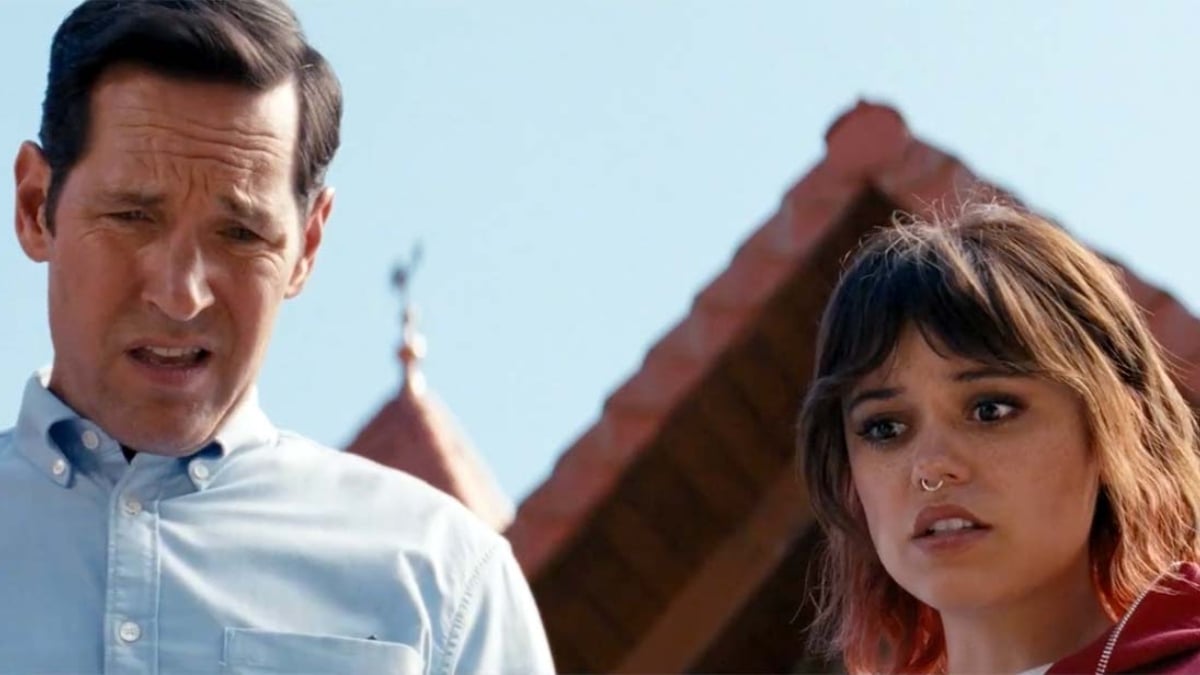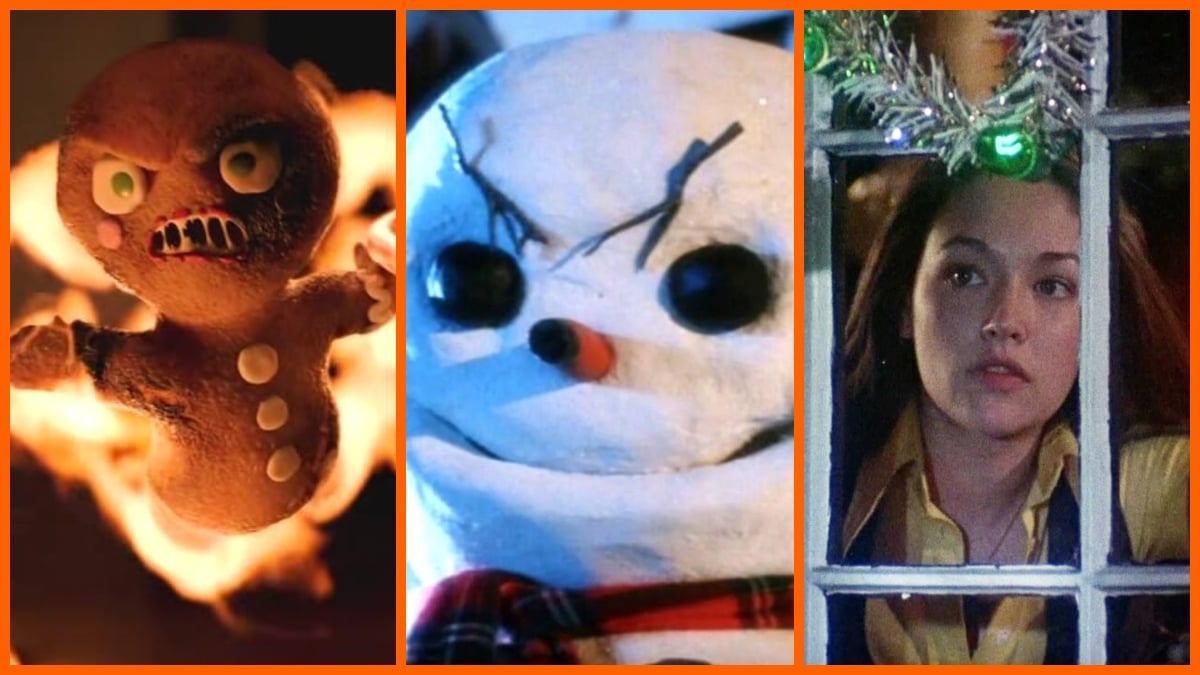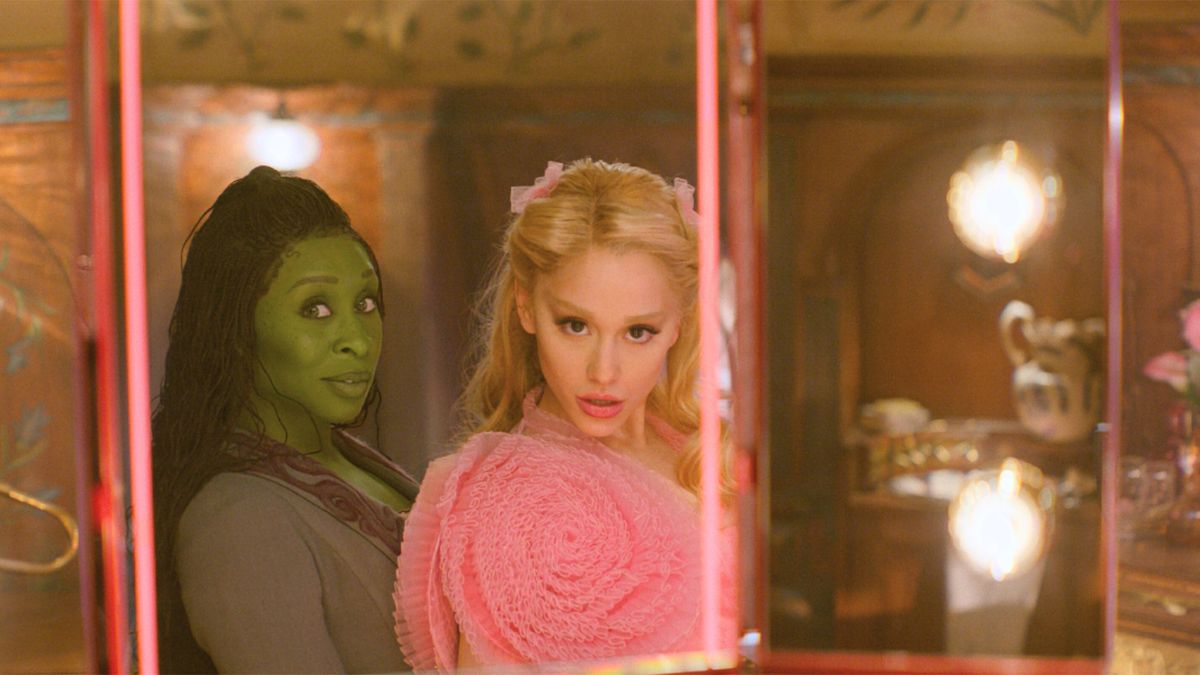
Jon Favreau’s live-action adaptation of The Jungle Book pleases like a succulent honeycomb cluster, unlike its overly-brooding first trailer suggested. While visually stunning, our first look into Favreau’s reimagining mimicked some of the darker, more “grounded” reboots that we’ve been seeing hit theatres lately. Grit and ferocity hinted at a more “adult” spectacle, but these notions are erased by Justin Marks’ energetically scripted update to Rudyard Kipling’s iconic novelization.
Mowgli’s new adventure is a stunning technical achievement in the field of animation, immersing viewers in lush, finely-detailed tropics full of whimsy, animalistic showmanship and heartwarming Disney sentiments that are ripe for the whole clan. This is the kind of dream-weaving cinema that childhoods are made of. In other words, it’s wondrous creativity with the power to challenge future filmmakers.
It all starts with Favreau’s impossibly lovable man-cub, which sees the young, unknown Neel Sethi morph into Mowgli, an orphaned jungle boy who was raised by wolves. Inexperience on Sethi’s part sparsely shows when delivering lines, but his natural charisma provokes a tender, childish nostalgia. The actor impressively interacts with his CGI counterparts without breaking momentum, never becoming bested by an all green-screen setting. It’s the kind of performance that hits on all the right experiences – familial bonding, thrilling stunts and a societal message about what it truly means to be an outsider. This young star breaks through a jarring big-screen barrier, and drags us into his world – one that’s beating with the courageous heart of a mighty lion.
Now, during my own childhood, The Jungle Book played on repeat because I loved King Louie’s “I Wan’na Be Like You” song, which my Grandma swears I had a routine for (pics or it didn’t happen) – but that’s why I adored Mowgli’s adventure. Goofy characters sang, danced, and got into wacky hijinx. And while Favreau’s film is an impressively tense journey into the heart of unleashed juvenility, there’s no lack of bumbling comedics or fruit-snatching anecdotes.
In a matter of minutes, Mowgli laces into Bagheera (Ben Kingsley) with an inquisitive kid-driven succession of questioning, which draws a smile of utter joyousness that never vanishes. Then Baloo enters stage right, and master comedian Bill Murray steals scene after scene with carefully timed zingers. Laughs are still plentiful here, despite a more focused roar of intensity – this is Disney, after all.
Striking deeper, Murray’s performance is the epitome of what proper voice acting can do. Baloo isn’t just a talking bear – he’s a personified animal filled with emotional reactions and a presence all unto himself. Murray’s voice becomes one with Baloo, as he belts “The Bare Necessities” while floating down a shimmering, crystal-clear river.
Same goes for Kingsley, who evokes a regal fatherhood in Bagheera, or Idris Elba, whose menacing scowl makes for one of the scarier Disney villains in recent memory (Shere Khan). Lupita Nyong’o, Scarlett Johansson and Giancarlo Esposito are all quite impressive, too, as they disappear under furry coats and get so lost in the dialogue they deliver that talking animals seem commonplace.
The only performer who struggles a bit just so happens to have one of the most distinctive voices in Hollywood, Mr. Christopher Walken. Reading as King Louie, a gargantuan ape with a Brooklyn accent and mafioso tendencies, Walken doesn’t exactly match Louis Prima’s big-band swing. He more scat-reads “I Wan’a Be Like You,” which is one of the film’s only true stumbles.
Trust me – adult Donato wanted nothing more than to hear Christopher Walken’s voice coming out of a sentient mountain of orangutan blubber, but childhood Donato surely couldn’t groove to Walken’s rendition of “I Wan’na Be Like You.”
While it takes a proper actor to grant scripted characters life, there’d be nothing to voice without a host of gorgeously rendered animal creations. When I say there’s never been a more jaw-dropping beautification of pixelated zoo inhabitants than The Jungle Book, you must believe that movies have never stunned with such exquisite looks.
These are real, take-your-breath-away kind of graphics that make an overpriced 3D ticket worthwhile. All that time spent meticulously texturing, shading, and whatever else graphic artists do remains unparalleled, as layered, flowing hairs sway freely when animals stand stoically behind gusting winds. Each dew drop, rustled leaf and porcupine quill shines with polished detail, leaving no moss-covered stone unturned. Animators built an entire world on imagination alone here, and it’s ten times more vivid than staged locations could have accomplished.
Speaking to Favreau’s authentic immersion, the filmmaker goes an extra twenty miles as far as recreating animal tendencies is concerned. We’re talking the little things, like Bagheera’s muscly leg dangling off a tree branch as he relaxes, or Shere Khan and Akela (Esposito) posing characteristically on a rock, even while entrenched in a game of verbal threats.
Good luck not wanting to raise an entire wolf pack in the wilderness after falling into Favreau’s rich jungle world (THOSE WOLF PUPS, FOR REAL), which blurs fantasy with reality in ways unseen since Avatar. Although, James Cameron’s Pandora doesn’t hold a glowing blue tentacle to Favreau’s vine-covered red flower. The bar has been raised here, and it’s capped by a rousing third act engulfed in a blazing inferno, which bellows smoke and pits Mowgli against a ferocious Shere Khan in a white-knuckled defense of one’s individuality.
The Jungle Book is an epic, soulful adventure about finding your identity and defining what truly makes a family. Favreau does right by Disney in staying family-friendly, but that doesn’t stop a few breathlessly tense action sequences from elevating the stakes and speeding thumping hearts. Emotions run thick as blood, while Mowgli explores an astounding jungle setting that proves, once again, how magically transformative great cinema can truly be. Bears monkey around, monkeys square off against bears, and we find ourselves invested in every single step Mowgli takes.
The Jungle Book is a love letter to wonder and an expression of daydreams we once conceived as wide-eyed, world-conquering youngsters – may Favreau’s vision inspire imaginations once again and re-ignite the red flame that once burned in our more youthful selves.










Published: Apr 12, 2016 05:28 pm